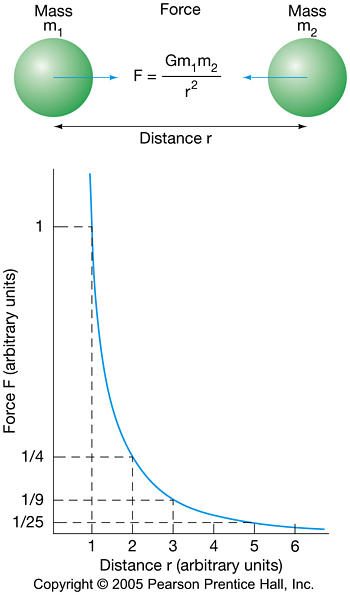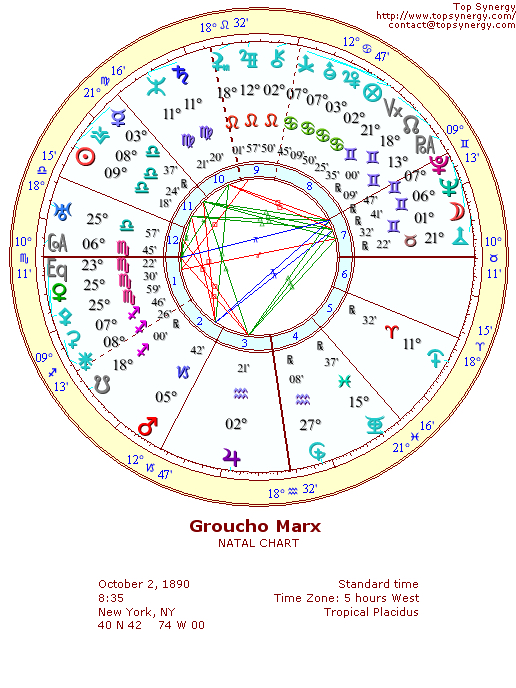Want it on paper instead? Download the .pdf document! It's printer-friendly and paper fits easily inside your lab notebook...which you may want come quiz day...
Make sure that you are recording everything you do in your lab notebook. When you take your quiz in class next week, you will be allowed to use your notebook, a calculator, and clicker, but no additional resources.
IntroductionIt's a common anecdote, the one about Newton figuring out gravity when he saw an apple fall from a tree. The apple may or may not have hit him on the head, but it is true that Newton was able to figure out why the apple fell, as well as why the planets stay in their orbits. The idea of an action-at-a-distance force (as opposed to a contact force) was a significant scientific advancement. In most situations Newton's Law of Gravitation (action at a distance) is sufficient. Only in cases of very large gravitational fields or when extremely high precision is needed does Newtonian gravity start to give incorrect results. In this lab you will be applying Newton's Law of Gravitation:
where F = gravitational force between objects 1 and 2,
m1, m2 = masses of objects 1 and 2, and Objectives
The Inverse−Square Force BehaviorThe gravitation equation can be rewritten in a simpler form, provided we are very careful to use the proper set of units:
where F = gravitational force (in units of Newtons (N)) between a 10kg mass and Earth, and d = separation of masses, measured in units of Earth radii (Re = 1 Earth radius). Note carefully that this equation refers specifically and only to the force on a 10kg mass due to the Earth. It is not valid for any other size mass or any other planet! Using this relationship, the gravitational force on the 10kg mass at 1 Re (on the surface of the Earth) would be:
Questions
The following questions are mental puzzles about gravitation. To solve them you will need to apply the concepts of Newtonian gravity. You can always choose to support your arguments mathematically, but you should use words/pictures to make sure you grasp the concepts.
|
Gravity and AstrologyLet's go on record here: Astrology is not science. (And astrology is not astronomy, either. But you knew that.) However, there are still people who will refer to themselves as astrologers, and who will attempt to justify their predictions as scientific by referring to the forces exerted by the planets on a person at the moment of their birth.
Just for fun, let's do a little calculation. Let's say a baby is born when Mars is at opposition. Let's go ahead and calculate the gravitational force on that baby, then let's compare it to the gravitational force exerted on the child by the doctor performing the delivery, and see which one would have the greater influence. Use:
where G = universal gravitational constant:
m = 3 kg = the mass of the baby, Questions
Calculating the Mass of the EarthThe weight of an object is literally the measurement of the gravitational force exerted on it by the Earth. If you know how much an object weighs, you know the force on it. Newton's Third Law of Motion tells us that we also know exactly how much force is being exerted on the Earth by the object as well! Rearrange Newton's Law of Gravity, solving the equation for the Mass of the Earth:
where Me = mass of the Earth,
G = universal gravitational constant:
m = mass of the object attracted to the Earth. Procedure and Questions
|









